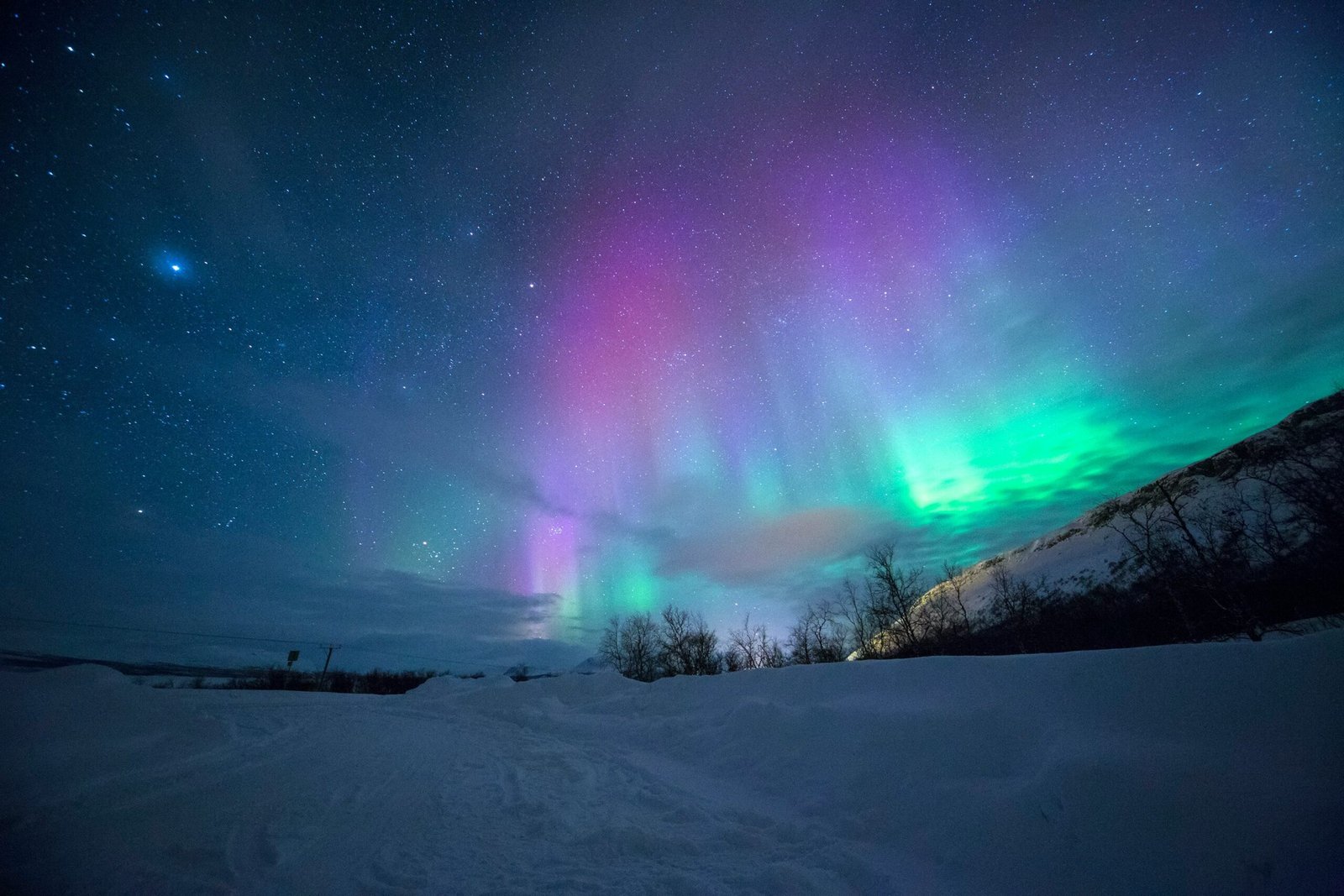Unprecedented Solar Activity Sparks Aurora Borealis Tonight’s northern lights display is the result of two powerful solar eruptions that sent charged particles hurtling towards Earth. These particles are colliding with the Earth’s magnetic field, creating ideal conditions for auroras to light up the night sky far beyond their usual range
Where and When to See the Northern Lights The auroras are expected to be visible across the U.S., with regions as far south as Illinois, Oregon, and even Texas potentially getting a glimpse. In Europe, residents of the UK, Germany, and Scandinavia have already seen the sky illuminated with hues of red, green, and purple.
How Geomagnetic Storms Trigger the Northern Lights A G3-level geomagnetic storm is driving tonight’s auroras, caused by coronal mass ejections from the sun. When these solar particles collide with Earth’s atmosphere, they release energy in the form of light, creating the brilliant auroras.
Best Conditions for Viewing the Aurora Clear skies and minimal light pollution offer the best chance to view the northern lights tonight. Sky-watchers should head outside after dark, ideally far from city lights, to catch the peak of this rare celestial event.
What to Expect from the Light Show Expect a dazzling array of colors—shimmering greens, purples, reds, and blues—dancing across the sky, offering an awe-inspiring experience for both seasoned aurora chasers and first-time observers alike.





